Exceeding Consumer Expectations with The Psychology of Randomness
Key points for exceeding consumer expectations with the psychology of randomness:
When we can have anything, we still want what we can’t expect. Randomness holds a special power in human psychology
This shows up for consumers in different ways: consumers often prefer random rewards to certain ones, and some even find “random” travel destinations intriguing
Applying randomness means understanding consumer expectations, and finding creative ways to introduce randomness and surprise into the marketing mix
What do you give someone who has it all? The philosopher Alan Watts considered this question carefully when he described a powerful technology that can deliver just that. Here’s a direct quote:
…”I had a fantastic mechanism with buttons available for every conceivable thing I could wish. . . . you press one button and here’s Cleopatra . . . and press this button and symphonic music, in 16 channel sound . . . all possible pleasures are available . . . You suddenly notice there’s a button labeled “Surprise.” You push that, and here we are.”
In so many words, he described the power of randomness. When we can have it all, we still want things we can’t perfectly predict. Our deep, hidden, love for randomness is a fundamental driver of consumer behavior. But how can marketers harness this insight? Let’s dive in.
The Psychology of Randomness
Studies have found that you’re willing to go out of your way to give yourselves the best chance at receiving a random, unexpected pleasure. Take this simple thought exercise, for instance.
Would you rather have a 100 percent chance of a 50 percent discount on an item, or spin a wheel to get a random discount of anything from 0 to 100 percent? Even when the overall expected value is the same, research shows most people choose to go with the random discount over the sure thing.
Randomness can be integrated into marketing in a number of ways. The general process is two-fold: 1) understand your consumer’s general preferences. And, 2) once you identify that general range, try injecting a bit more surprise and randomness into it.
Some brands have gone all out here. Certain airlines, for example, have you fill out a brief survey about dates, price range, and broad geographical preferences and they’ll book you a flight for a random location!
Clearly though, this isn’t for everyone, and your customers may not be quite so adventurous. This approach can also be applied with lighter but less effective touch.
Using Randomness To Exceed Consumer Expectations
Think about the product and how it’s delivered. Do you have to deliver exactly what’s expected, and only what’s expected? Or is there room for a bit of pleasurable randomness?
Direct to Consumer brands such as bark box, which sends dog treats and toys have adopted randomness to great effect. The subscription consists of general options - the size of your dog, allergies etc. But what you get in each month’s subscription is a pleasurable surprise.
Sometimes you get the bacon bites, sometimes it's the squeaky chew toy. Whatever you get, it's the randomness factor that takes it that extra step. Like surprise juice, simple pleasures can be enhanced when they’re administered randomly, and unexpectedly.
You can also consider ways in which you exceed consumer expectations. Customers come to expect discounts, promotional offers, or little care packages around the holidays, or on their birthdays.
These can be great. But what about a pleasurable surprise on a random Tuesday? This can make the same promotion even more enjoyable and can differentiate your brand from the field. Randomness can be a crucial tactic in exceeding consumer expectations - not just going above and beyond, but becoming memorable in the process.
Final Thoughts on Randomness in Marketing
So much in modern marketing is curated and highly personalized. Delivering exactly what consumers say they want, when they want it, is an incredible feat, and no doubt has an important role in enchanting consumers. But to paraphrase Alan Watts, life is enriched through randomness. It’s like surprise juice - what we can’t expect, and can’t predict, often delivers the most enjoyment.
So, think about your current customer journey and your marketing mix. Where might there be an opportunity to include a random element? From now on, include pleasure as the unofficial 5th P of marketing. This means sprinkling in random pleasures into price, product, promotion and place.
By subtly adding more randomness into the mix, you’ll be able to enhance your consumer’s experiences, and in turn, increase the joy they associate with your brand.
Photo by Jonathan Borba on Unsplash
References for “Using The Psychology of Memory Design to Drive Consumer Psychology”
Barrick, E. M., Barasch, A., & Tamir, D. I. (2022). The unexpected social consequences of diverting attention to our phones. Journal of Experimental Social Psychology, 101, 104344.
Johnson, M., & Ghuman, P. (2020). Blindsight: The (Mostly) Hidden Ways Marketing Reshapes Our Brains. BenBella Books.
Johnson, M. A., Turk-Browne, N. B., & Goldberg, A. E. (2016). Neural systems involved in processing novel linguistic constructions and their visual referents. Language, cognition and neuroscience, 31(1), 129-144.
Tamir, D. I., Templeton, E. M., Ward, A. F., & Zaki, J. (2018). Media usage diminishes memory for experiences. Journal of Experimental Social Psychology, 76, 161-168.

